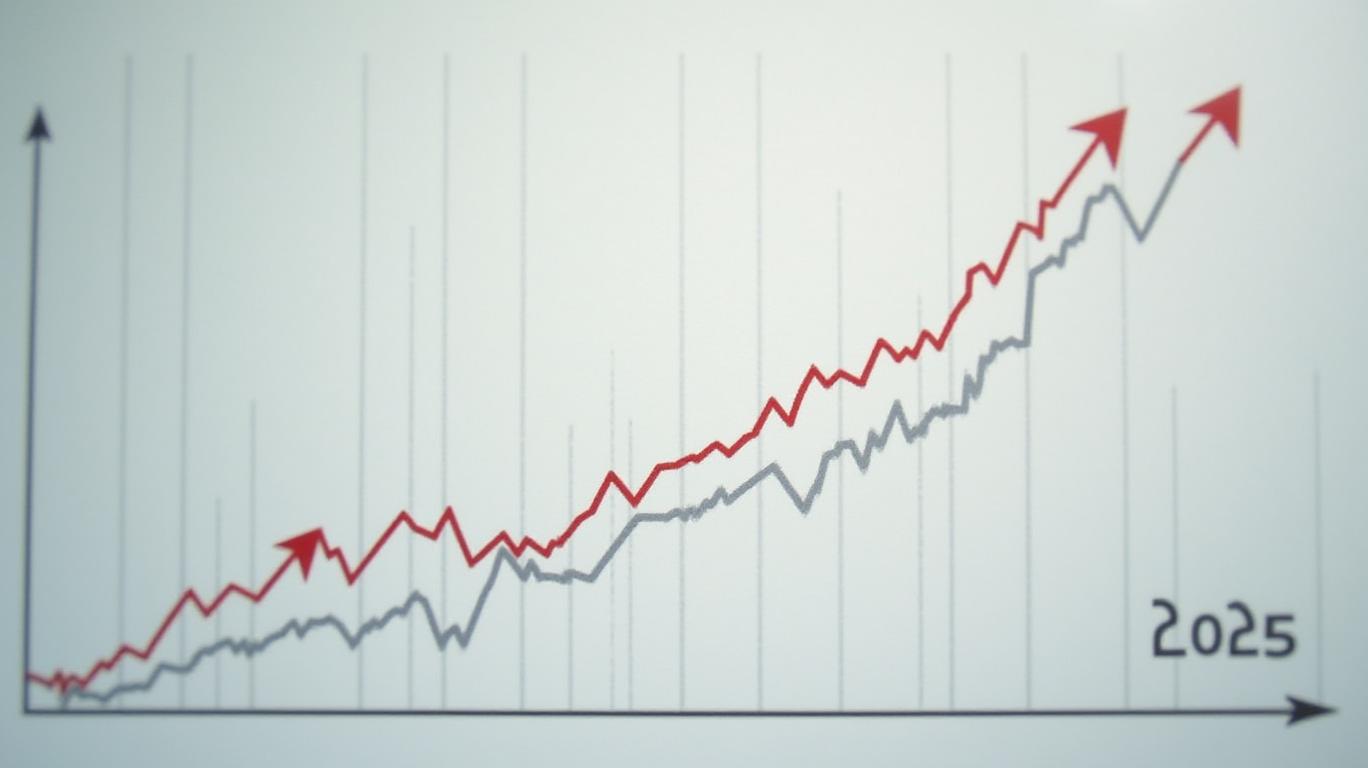US Treasury's $90 Billion Reopened 8-Week Bills: Impact on Yield Curve, Liquidity, and Monetary Policy
Tuesday, Jan 28, 2025 11:12 am ET

The US Treasury is set to reopen $90 billion in 8-week bills on Thursday, August 14, 2024. This reopening could have significant implications for the yield curve, short-term interest rates, market liquidity, and volatility, as well as the Federal Reserve's monetary policy decisions. Let's explore these potential impacts in detail.
Impact on the Yield Curve and Short-Term Interest Rates
The reopening of these bills could influence the shape of the yield curve and short-term interest rates. If the demand for these bills remains constant or increases, the increased supply could lead to a decrease in prices, which would result in an increase in yields. This increase in yields could flatten the yield curve, signaling a potential economic slowdown or even a recession. Additionally, the increase in yields on these 8-week bills could directly impact short-term interest rates, making borrowing more expensive for businesses and consumers.
For example, the US 8 Week Bill Bond Yield was 5.29 percent on Wednesday August 14, 2024. If the reopening of these bills leads to an increase in the yield, it could impact the yield curve and short-term interest rates as described above.
3-month&10-year's treasury stock(6522)region include us(4949)3-month&10-year's treasury stock;region include us(4949)
Treasury Stock(USD)2024.12.31 | Region |
|---|---|
| 134.02B | United States |
| 133.38B | United States |
| 111.46B | United States |
| 95.37B | United States |
| 81.57B | United States |
| 76.84B | United States |
| 42.25B | United States |
| 40.90B | United States |
| 40.15B | United States |
| 37.58B | United States |
Ticker |
|---|
| JPMJpmorgan Chase |
| PGThe Procter & Gamble |
| WFCWells Fargo |
| HDThe Home Depot |
| GEGE Aerospace |
| CCitigroup |
| TRVThe Travelers Companies |
| TXNTexas Instruments |
| AMATApplied Materials |
| ADBEAdobe |
View 4949 results
Potential Effects on Liquidity and Volatility
The reopening of the US Treasury market could also have potential effects on its liquidity and volatility. If the reopening leads to increased demand for these bills, it could enhance market liquidity, making it easier for investors to buy and sell these securities. However, if the pricing of the reopenings is significantly different from the original issues, it could lead to greater price fluctuations and increased uncertainty for investors, potentially increasing market volatility.
Moreover, the reopening could be influenced by the activity of leveraged funds in the US Treasury futures market. These funds have reached historically high levels of net short positions, which could potentially exacerbate market sensitivity and volatility.

Influence on Federal Reserve's Monetary Policy Decisions
The reopening of these bills could also influence the Federal Reserve's monetary policy decisions, particularly in light of the ongoing debate about the appropriate pace of rate hikes. If the increased demand for short-term debt leads to higher interest rates, it could make borrowing more expensive for the government and potentially influence the Fed's decision on rate hikes. Additionally, the unusual nature of the one-day cash management bill auction could amplify market sensitivity, making the Fed more cautious about the pace of rate hikes.
Furthermore, the reopening of these bills comes amidst uncertainty surrounding the debt ceiling. If lawmakers don't raise the debt ceiling by June 5, the Treasury is poised to run out of funds to meet its full obligations. This uncertainty could influence the Fed's decision on rate hikes, as it could lead to market volatility and potential economic instability.
In conclusion, the reopening of $90 billion in 8-week bills by the US Treasury could have significant implications for the yield curve, short-term interest rates, market liquidity, and volatility, as well as the Federal Reserve's monetary policy decisions. Investors and policymakers should closely monitor these developments to assess the potential impacts on the economy and financial markets.
Word count: 598


_442a2dcc1749832873286.jpeg)
_e68fac6d1749831664430.jpeg)






